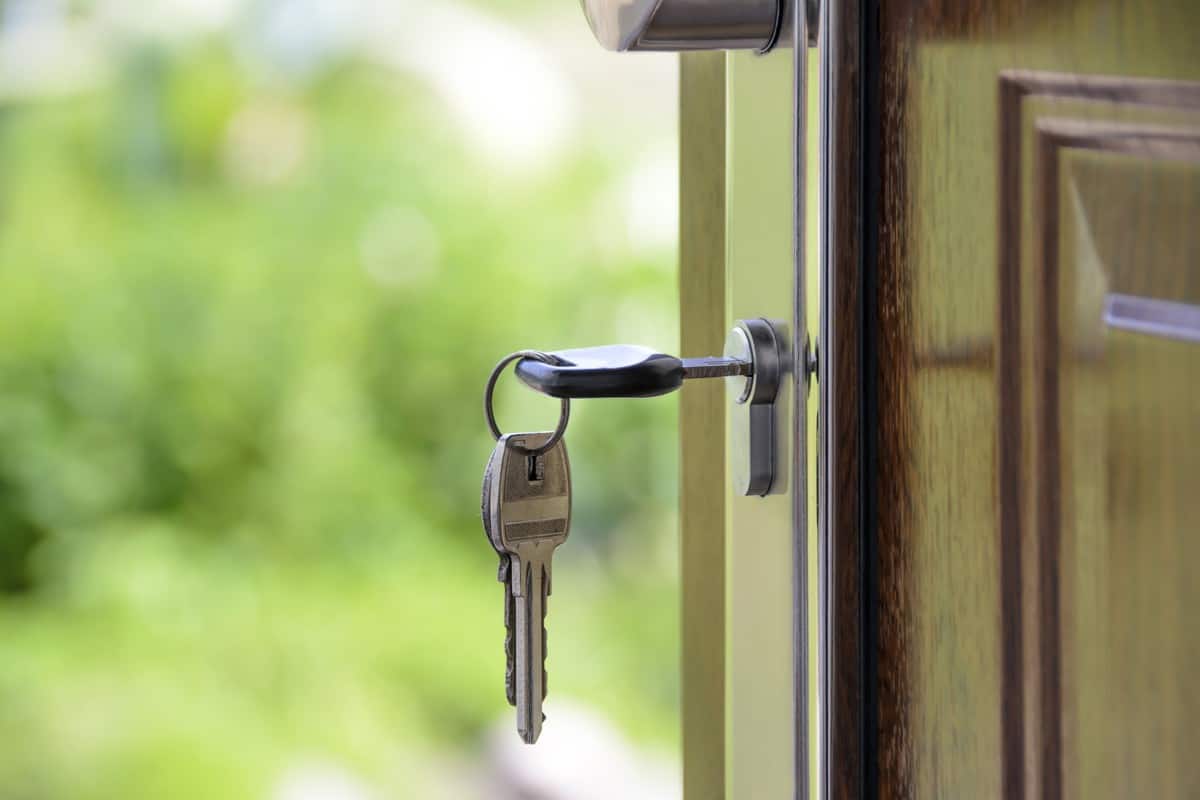Mortgage lenders went back to the basics after the 2010 subprime foreclosure crisis punished the housing market. The return to plain vanilla loans is mostly a good thing for consumers, as homeowners can be more confident in the security of today’s lending products.
With severe losses from bad loans made during the last housing boom — coupled with a new government agency to protect the public — the mortgage industry did away with most of its exotic products.
Loan products such as negative amortization mortgages (your payment doesn’t cover the full interest each month), interest-only loans (you pay interest only for a set period then your payments rise substantially), and no-doc loans (no income documentation required) are now rare.
This means fewer choices, to be sure, but much safer loan products. So if you’re shopping for a home loan, here are the main types of mortgage loan programs you can choose from, along with information to help you decide which type of mortgage fits you best.
Types of Mortgages: Conventional Fixed-Rate Loans
By far the most common home loan is a conventional fixed-rate mortgage. It typically offers what many homeowners crave: a monthly mortgage amount that stays essentially the same. Who doesn’t like payment stability? Monthly payments can fluctuate slightly if your property taxes go up or your insurance rates change.
A conventional loan may require up to a 20% down payment, especially to avoid private mortgage insurance (PMI). A down payment of 20% can be difficult for some would-be homeowners. Lower down payments, such as 10% or even 5%, might be an option if you’ve got great credit. However, your lender will require you to buy PMI until you reach 80% equity in the home. PMI varies, but can be around 1% of the total loan, which is a significant monthly expense.
Conventional mortgages are considered low-risk mortgages that are made to borrowers with good credit; lenders and consumers alike love them. Your monthly payment will go toward interest and principal, so you’ll be paying down your loan each month.
Conventional fixed-rate loans typically last 15 or 30 years, although 10-year and 20-year options are available.
The 30-year option is the most popular loan product in the U.S. since making payments over that length of time makes the American Dream possible for many people. The downside is that you’ll pay interest on your home for 30 years — and that can add up to big bucks.
You’ll build equity more quickly with a 15-year, fixed-rate loan and pay less interest over the life of the loan. Those are important considerations. If you’re able to afford a bigger payment, a shorter term will save you money overall. It’s also not uncommon to start with a 30-year, fixed-rate mortgage to take advantage of those lower payments and later refinance into a 15-year loan if interest rates drop.
Types of Mortgages: FHA Loans
An FHA loan, backed by the U.S. government’s Federal Housing Administration, allows you to put just 3.5% down to get into a home. An FHA loan, however, comes with more lending costs than a conventional loan does, since it requires an upfront premium of 1.75% of the loan amount (essentially upfront insurance) and annual premiums of 0.45% to 1.05% (ongoing insurance).
Unlike the PMI you might have to buy on a conventional loan, the FHA mortgage insurance can’t be canceled once you reach 80% equity in your home (unless you got your FHA loan before June 2013).
Still, an FHA loan can be a good option for first-time homebuyers, since saving for a down payment often is the biggest hurdle for a would-be homebuyer. If you live in an expensive housing market such as New York City, it’s downright daunting. A recent report from StreetEasy says it takes New Yorkers an average of 18.1 years to save for a down payment. That’s much higher than the national average of 7.3 years.
An FHA loan also can be ideal for homebuyers with less-than-stellar credit. These loans can be made with credit scores as low as 580 and just 3.5% down, enabling people who might not qualify for a conventional loan to buy a house. You might even qualify with a credit score of less than 580, although you’ll need to put 10% down. Although they don’t boast the best mortgage rates, these loans offer fewer barriers to entry and therefore attract many first-time buyers.
The loans are made by FHA-approved private lenders, including mortgage companies and banks, and are common throughout the U.S.
Types of Mortgages: USDA Home Loans
This is a great mortgage, but few borrowers actually qualify due to the strict limitations. You might think of this as a “farm loan,” but in reality, the definition is much broader. If you live in a rural area or plan to move to one and have a low to moderate income, it’s a good idea to see whether you qualify for a USDA home loan.
If you qualify, you’ll get a loan with no down payment, a lower interest rate and a low fee for monthly mortgage insurance. Income must be no higher than 115% of the adjusted area income, which varies by county. You’ll also need a credit score of at least 640.
This type of loan is backed by the U.S. Department of Agriculture. Eligible borrowers may qualify by building, rehabilitating, improving, or relocating a dwelling in an eligible rural area, the USDA says. If you live in or plan to move to a rural area, check the qualification requirements and search for an approved lender on the USDA.gov website.
Types of Mortgages: VA Home Loans
As the name suggests, you must be a service member, military veteran, or eligible surviving spouse to qualify for a Veteran’s Affairs (VA) loan. If you fit into one of those categories, it offers some great perks. The biggest perk? No down payment.
VA loans are offered by a variety of lenders, such as mortgage companies or banks, but not everyone provides them. A portion of the VA loan is guaranteed by the U.S. Department of Veterans Affairs, which enables lenders to offer more favorable terms. Check the VA website for more information and eligibility.
Types of Mortgages: Adjustable Rate Mortgages
Known as an ARM, this mortgage is sort of a hybrid. It starts with a fixed monthly interest rate that fluctuates after the fixed term ends. In general, the initial interest rate is lower than what you’ll find on a conventional loan. But after an initial lock-in period, the monthly mortgage payment could go higher or lower, depending on which benchmark index the loan’s interest rate is tied to and what’s happening in the financial markets.
The most common home loan in this bucket is the 5/1 ARM. This means your introductory interest rate lasts for five years and can change after that, based on the index that the rate is tied to, such as the 1-year U.S. Treasury bill index. Depending on the lender, you might be able to take out a 3/1, 7/1 or 10/1 ARM.
If you plan to move before your interest rate adjusts, if you are willing to refinance before the rate adjusts or if you are OK living with the uncertainty of the interest rate after the initial term, this might be an option to consider.
Borrowers should be aware, however, that the interest rate on an ARM adjusts based on market conditions, not based on the borrower’s ability to pay the loan.
Types of Mortgages: Jumbo Loans
Like the name suggests, these are bigger loans. Another name for a jumbo loan that you might hear is a “non-conforming loan,” which just means they’re bigger than the conforming loan limits set by Fannie Mae and Freddie Mac, two massive housing finance entities.
Jumbos tend to be most common in high-cost housing markets. Not all lenders offer jumbos, although some actually specialize in them.
Because these are non-conforming loans, lenders making jumbos aren’t protected from losses if the borrower defaults. Hence, they are considered riskier loans and the borrower might need a high credit score to qualify.
Lenders of jumbos might tighten the limits on the debt-to-income ratio and might require a 20% down payment. They also might seek other assurances that the borrower can afford the loan, such as a significant amount of cash reserves.
The Bottom Line on Choosing a Mortgage
Which type of mortgage you choose has a lot to do with how much money you can save to put down, and how much you can or want to pay monthly. Are you flexible or looking for stability? Do you plan to move and re-invest or would you prefer to plant somewhere for life? Determining what you want and what you can afford are the first two questions you’ll need to answer on your home-buying journey.



